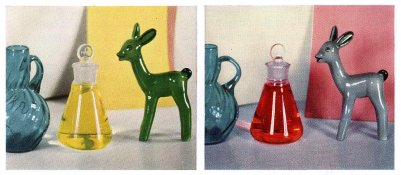David Grenet
Member
Just an idea here, what if one printed (via inkjet) an RGB or a similar array on the back of x-ray dupe film?
The potential problems I see with this is, 1. there might be an anti-halation layer, 2. the ink may not adhere to the base, 3. the film would have to be loaded emulsion side down (scratches), and 4. it would have an INCREDIBLY slow speed.
AFAIK x-ray dupe film is a direct positive film, so there wouldn't be a need to reverse process the film, and the film is also relatively cheap.
The slow speed would be quite painful for a lot of applications, but the biggest problem is that x-ray dupe film is blue sensitive only. For this to work you need a panchromatic emulsion.
Also, printing in the dark has its own problems, and the mechanical stress on the emulsion as it went through the printer would also potentially cause fogging. Oh, and I did try to inkjet print a screen onto a sheet of film once - the cyan dye stayed but the magenta and yellow would wash off in water, so finding water insoluble inks would be another issue as well.
I think you either need to use a separate screen or coat a panchromatic emulsion onto a pre-made screen which can withstand the processing of the emulsion later (probably including the acid bleach used in the reversal process).





